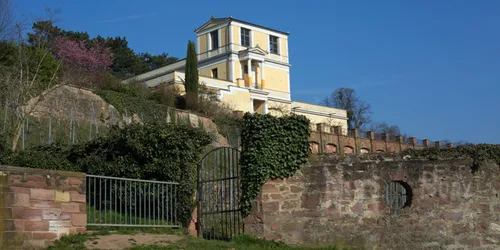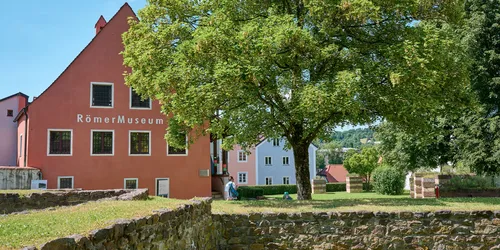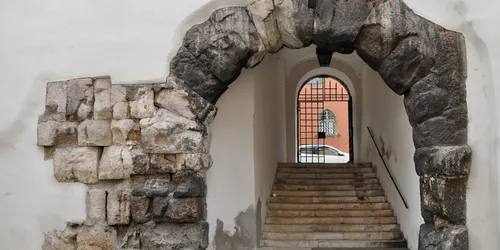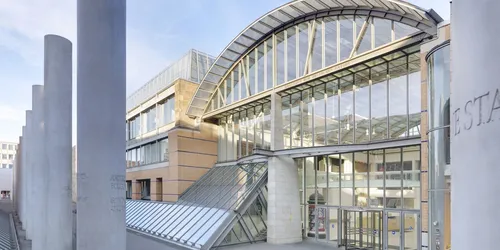Countless places throughout Bavaria take visitors on a journey through time to the age of Romans and Germanic tribes.
Romans and Germanic tribes in Bavaria
Follow in the footsteps of Romans and Germanic tribes in five Bavarian cities
The Roman stronghold of Weissenburg
The town of Weissenburg in Middle Franconia was once a Roman fortress. Today, visitors can go on a journey of discovery into its ancient past. The well-preserved Roman baths are a must for history lovers, as are the Biriciana fort, the Roman museum and the Bavarian Roman frontiers information centre. We also recommend a visit to the "Schwarzer Bär" guesthouse. The kitchen here still cooks the original Roman recipes of Marcus GaviusApicius, first written down in 25 BC.
Passau Roman Museum
The Roman Museum in Passau also offers deep insights into Roman life. It is built on the foundations of the former late-Roman fortress of Boiotro, with sections of the fort wall and guard towers still preserved. The museum uses audio, film and light installations to show the economic development from the Stone Age to the Roman period. It also tells the story of how the Roman Empire met its downfall.
Porta Praetoria in Regensburg
Alongside the Porta Negra in Trier, the Porta Praetoria in Regensburg is the only remaining Roman gate north of the Alps. Construction work in the middle ages irreparably damaged many Roman buildings. By contrast, the Porta Praetoria was integrated into the bishop's court. As a result, visitors can still see the original elements of the gate today.
Pompejanum in Aschaffenburg
The Pompejanum is a Roman villa in Aschaffenburg that was reconstructed in the 19th century. From the mosaic floors and exquisite materials to the elaborate and accurate reconstructions and Mediterranean garden with figs, almond tress and vines, it offers a unique glimpse into the art and culture of ancient Rome. Together with priceless original artworks and everyday objects, the Pompejanum provides an impressive insight into the Roman world.
Germanisches Nationalmuseum in Nuremberg
Located just a ten-minute walk from Nuremberg main station, the Germanisches Nationalmuseum boasts a collection of 1.3 million items, making it the largest collection of cultural history in the German-speaking world. There is also a separate permanent exhibition on prehistory and the ancient world, in which Roman cultural history plays a major role. Visitors to the museum can also see exhibits ranging from Stone-Age tools and medieval sculptures to the modern artworks of Joseph Beuys.

The Pompejanum in Aschaffenburg: an insight into antiquity
From the Gulf of Naples to the Main: the "Pompejanum" in Aschaffenburg is a window into the art and culture of antiquity. Changing exhibitions and exciting guided tours await you in the authentically modelled Roman villa.Aschaffenburg Hbf



